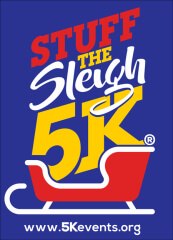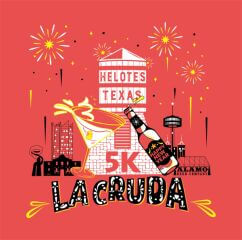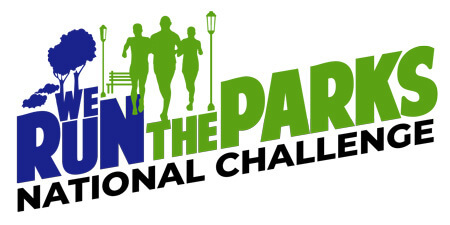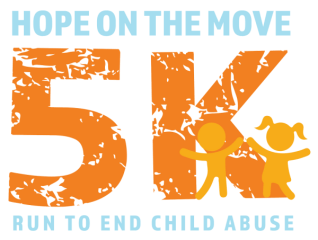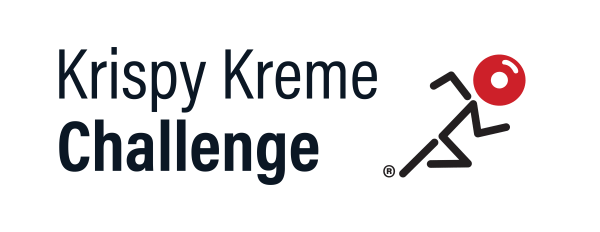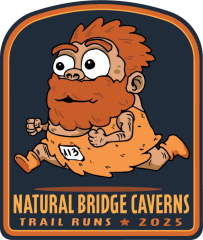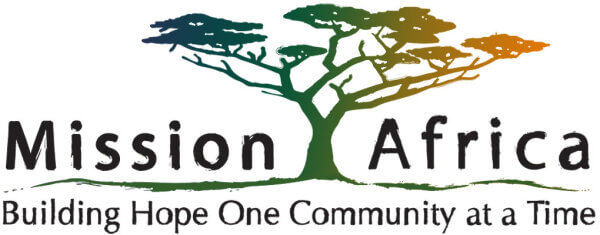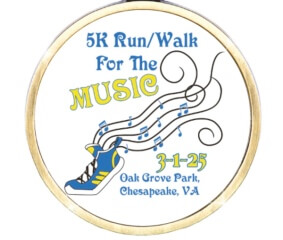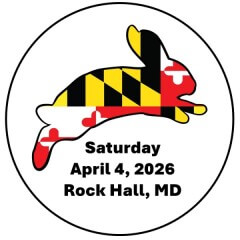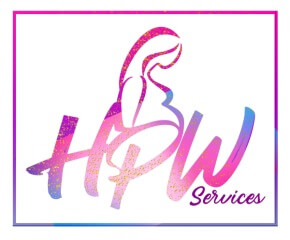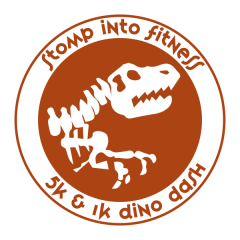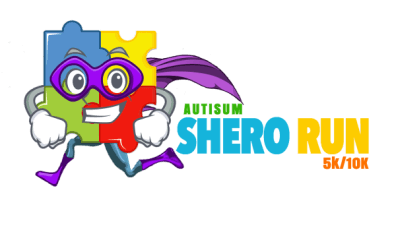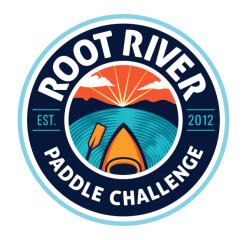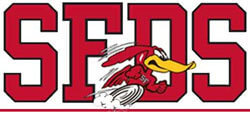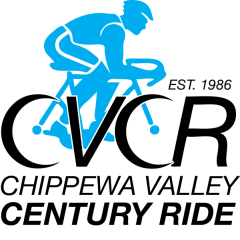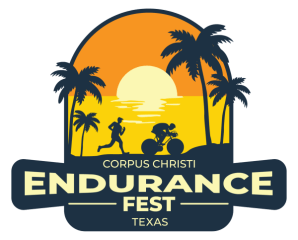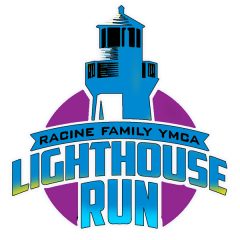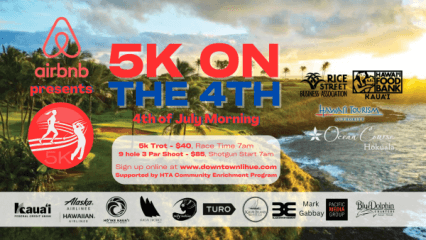Sponsor a Race
Competition is key in business and athletics. Sponsoring a race can keep your brand top of mind and help you step up your marketing game – especially in your local market.
Race Sponsorship Opportunities
Explore sponsorship opportunities below. Search by date, price range, and region.
Find Races Near You:
| Date | Logo | Name | Location | Distances | |
|---|---|---|---|---|---|
| DEC 27 2025 | Stuff the Sleigh 5K Run/Walk - Caledonia, WI | Racine, Wisconsin | 5 Km | Sponsor $0+ | |
| JAN 01 2026 | La Cruda 5K | Helotes, Texas | 1 Mi, 5 Km | Sponsor $200+ | |
| DEC 31 2025 | We Run the Parks - National Challenge | 5 Km | Sponsor $250+ | ||
| FEB 07 2026 | Hope on the Move 5K at Dobson High School | Mesa, Arizona | 1 Km, 5 Km | Sponsor $250+ | |
| FEB 07 2026 | Krispy Kreme Challenge | Raleigh, North Carolina | 5 Mi | Sponsor $210+ | |
| FEB 08 2026 | Natural Bridge Caverns Trail Run | Garden Ridge, Texas | 13.1 Mi, 3.1 Mi, 6.2 Mi | Sponsor $100+ | |
| FEB 21 2026 | Mission Africa's Footsteps of Faith 5K | Chandler, Arizona | 5 Km | Sponsor $400+ | |
| FEB 21 2026 | Museum Miles Race through History 5K | Starkville, Mississippi | 1 Mi, 3.1 Mi, 5 Km | Sponsor $250+ | |
| MAR 07 2026 | GOODWILL 5K RUN & 2-Mile WALK | Corpus Christi, Texas | 2 Mi, 5 Km | Sponsor $500+ | |
| MAR 07 2026 | 5K Run/Walk for the Music | Chesapeake, Virginia | 5 Km | Sponsor $1+ | |
| MAR 21 2026 | Run For The Hall 5K & Health Expo | San Antonio, Texas | 0.5 Km, 5 Km | Sponsor $100+ | |
| MAR 28 2026 | Hope Rises 5k Fundraiser | Orem, Utah | 5 Km | Sponsor $250+ | |
| APR 04 2026 | ESRREC Bun Run | Rock Hall, Maryland | 5 Km | Sponsor $50+ | |
| APR 11 2026 | Bellies to Booties | Columbus, Ohio | 5 Km | Sponsor $150+ | |
| APR 25 2026 | Stomp into Fitness 5K & 1K Dino Dash | Corpus Christi, Texas | 1 Km, 5 Km | Sponsor $20+ | |
| MAY 09 2026 | Autism Shero Run | Van Nuys, California | 10 Km, 5 Km | Sponsor $150+ | |
| MAY 09 2026 | Root River Paddle Challenge | Franksville, Wisconsin | 7 Mi, 8 Mi | Sponsor $0+ | |
| MAY 09 2026 | The Wine Half Marathon | Saint Helena, California | 13.1 Mi | Sponsor $500+ | |
| MAY 23 2026 | St. Francis de Sales 5k run/walk | Lake Geneva, Wisconsin | 5 Km | Sponsor $50+ | |
| MAY 24 2026 | Chippewa Valley Century Ride | Chippewa Falls, Wisconsin | Sponsor $50+ | ||
| JUN 07 2026 | Endurance Fest | Corpus Christi, Texas | 1 Km, 10 Km, 10 Mi, 13.1 Mi, 18 Mi, 2 Mi, 41 Mi, 5 Km | Sponsor $1,000+ | |
| JUN 06 2026 | Utah Valley Marathon, Half Marathon, 10K & 5K | Provo, Utah | 1 Km, 10 Km, 21.1 Km, 42.2 Km, 5 Km | Sponsor $3,500+ | |
| JUN 20 2026 | Racine Family YMCA - Lighthouse Run | Racine, Wisconsin | 10 Mi, 2 Km, 2 Mi, 4 Mi, 5 Km | Sponsor $100+ | |
| JUL 04 2026 | 4th of July 5k Fun run/walk | Lihue, Hawaii | 5 Km | Sponsor $200+ | |
| JUL 18 2026 | McCoy Flat Death Race | vernal, Utah | 4.1 Mi | Sponsor $500+ |
Race Sponsorship Considerations
As you consider becoming a race sponsor, weigh the following factors:
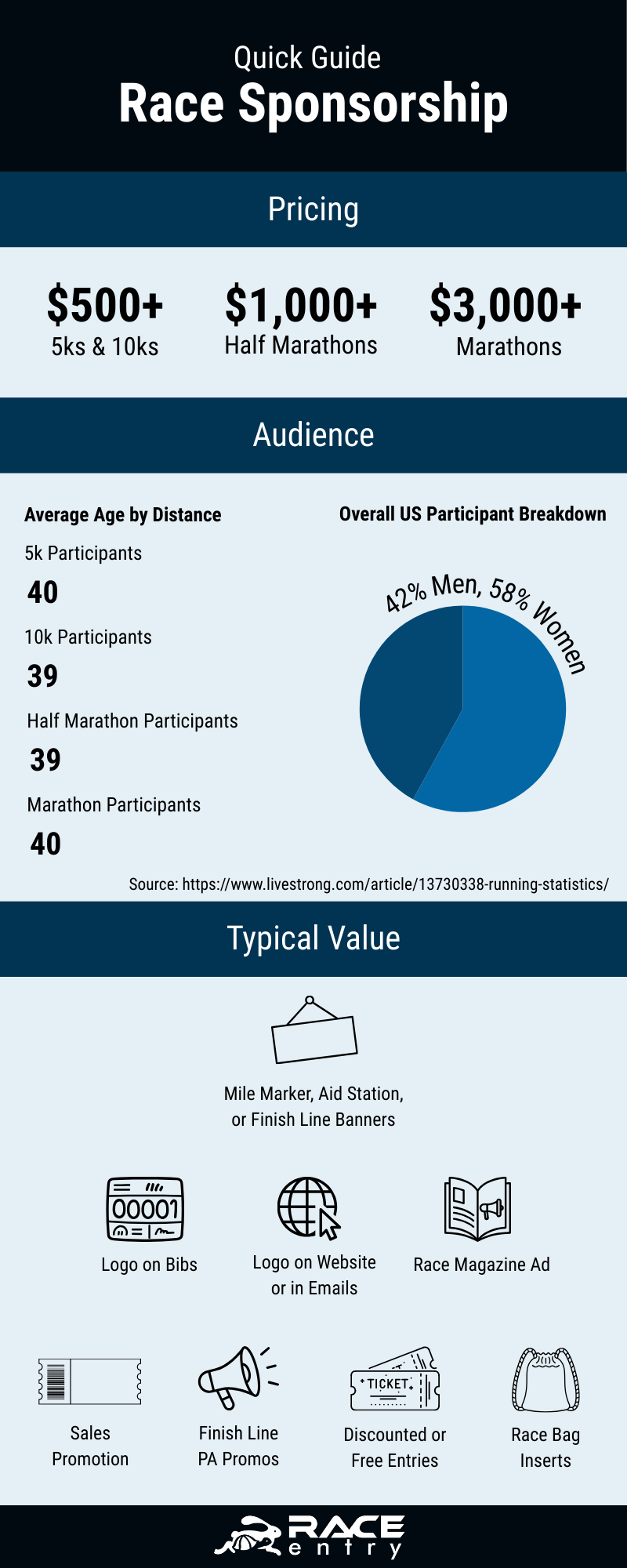
1. Sponsorship Budget
Talk with your team to determine what your sponsorship budget is. It will likely come out of your marketing budget.
To create a realistic budget, you need to know your market. Race sponsorship costs vary across races. They are affected by race type and race size.
5K and 10K sponsorships can start around $300-500. Some can even be as low as $150. And, some start at $1,000. Half marathon sponsorship typically starts around $1,000. Marathon sponsorship generally starts around $3,000.
2. Race Audience
A sponsorship’s primary value is access to a race’s audience. Understand the demographics and interests of who participates and attends races generally. Then, you’ll also want to understand the specifics of the race you’re considering sponsoring. The race you’re working with can give you demographic information to help you understand their audience.
Keep in mind that the most popular distance is the half marathon and the most popular race type is a road race. (2022-Global-Runner-Survey-final.pdf)
Race Audience Demographics
There’s a close to 50/50 split between men and women in running. Runners are often in their 30s and 40s and maintain running as a habit.
Running USA found that a majority of participants run frequently for fitness. About a fifth of participants run competitively. Another fifth of participants jog recreationally.
Remember that participants will have friends and family at the finish line, so you can reach an even broader audience than just the athletes.
Race Audience Interests
Of course,running products and services are a great fit for race exposure. Running USA found that runners are most interested in running shoes, running apparel, nutrition and hydration, and tech gear.
Other athletic products and services like muscle rollers, physical therapy, yoga gear, local fitness centers, yoga studios, etc. would also be attractive to an athletic audience.
Next, think local. While some races draw participants from across the country and even the world, a large portion of their audience will be local to your region. Local restaurants, bars, dental offices, doctors offices, etc. are also relevant to a race’s participants and their families.
3. Sponsorship Value
Race sponsorships often include any number of the benefits listed below:
- Booth at expo or finish line
- Logo placement on website and emails
- Logo placement on mile markers, banners, bibs, medal ribbons, or aid stations
- Ad placement in race magazine
- Finish line emcee announcements
- Free or discounted entries
- Race bag branding
- Social media posts
- Race bag inserts
As you review your sponsorship options, consider the value offered and figure out a way to track your return on investment.
1. Sponsorship Budget
Talk with your team to determine what your sponsorship budget is. It will likely come out of your marketing budget.
To create a realistic budget, you need to know your market. Race sponsorship costs vary across races. They are affected by race type and race size.
5K and 10K sponsorships can start around $300-500. Some can even be as low as $150. And, some start at $1,000. Half marathon sponsorship typically starts around $1,000. Marathon sponsorship generally starts around $3,000.

2. Race Audience
A sponsorship’s primary value is access to a race’s audience. Understand the demographics and interests of who participates and attends races generally. Then, you’ll also want to understand the specifics of the race you’re considering sponsoring. The race you’re working with can give you demographic information to help you understand their audience.
Keep in mind that the most popular distance is the half marathon and the most popular race type is a road race. (2022-Global-Runner-Survey-final.pdf)
Race Audience Demographics
There’s a close to 50/50 split between men and women in running. Runners are often in their 30s and 40s and maintain running as a habit.
Running USA found that a majority of participants run frequently for fitness. About a fifth of participants run competitively. Another fifth of participants jog recreationally.
Remember that participants will have friends and family at the finish line, so you can reach an even broader audience than just the athletes.
Race Audience Interests
Of course,running products and services are a great fit for race exposure. Running USA found that runners are most interested in running shoes, running apparel, nutrition and hydration, and tech gear.
Other athletic products and services like muscle rollers, physical therapy, yoga gear, local fitness centers, yoga studios, etc. would also be attractive to an athletic audience.
Next, think local. While some races draw participants from across the country and even the world, a large portion of their audience will be local to your region. Local restaurants, bars, dental offices, doctors offices, etc. are also relevant to a race’s participants and their families.
3. Sponsorship Value
Race sponsorships often include any number of the benefits listed below:
- Booth at expo or finish line
- Logo placement on website and emails
- Logo placement on mile markers, banners, bibs, medal ribbons, or aid stations
- Ad placement in race magazine
- Finish line emcee announcements
- Free or discounted entries
- Race bag branding
- Social media posts
- Race bag inserts
As you review your sponsorship options, consider the value offered and figure out a way to track your return on investment.
1. Sponsorship Budget
Talk with your team to determine what your sponsorship budget is. It will likely come out of your marketing budget.
To create a realistic budget, you need to know your market. Race sponsorship costs vary across races. They are affected by race type and race size.
5K and 10K sponsorships can start around $300-500. Some can even be as low as $150. And, some start at $1,000. Half marathon sponsorship typically starts around $1,000. Marathon sponsorship generally starts around $3,000.
2. Race Audience
A sponsorship’s primary value is access to a race’s audience. Understand the demographics and interests of who participates and attends races generally. Then, you’ll also want to understand the specifics of the race you’re considering sponsoring. The race you’re working with can give you demographic information to help you understand their audience.
Keep in mind that the most popular distance is the half marathon and the most popular race type is a road race. (2022-Global-Runner-Survey-final.pdf)
Race Audience Demographics
There’s a close to 50/50 split between men and women in running. Runners are often in their 30s and 40s and maintain running as a habit.
Running USA found that a majority of participants run frequently for fitness. About a fifth of participants run competitively. Another fifth of participants jog recreationally.
Remember that participants will have friends and family at the finish line, so you can reach an even broader audience than just the athletes.

Race Audience Interests
Of course,running products and services are a great fit for race exposure. Running USA found that runners are most interested in running shoes, running apparel, nutrition and hydration, and tech gear.
Other athletic products and services like muscle rollers, physical therapy, yoga gear, local fitness centers, yoga studios, etc. would also be attractive to an athletic audience.
Next, think local. While some races draw participants from across the country and even the world, a large portion of their audience will be local to your region. Local restaurants, bars, dental offices, doctors offices, etc. are also relevant to a race’s participants and their families.
3. Sponsorship Value
Race sponsorships often include any number of the benefits listed below:
- Booth at expo or finish line
- Logo placement on website and emails
- Logo placement on mile markers, banners, bibs, medal ribbons, or aid stations
- Ad placement in race magazine
- Finish line emcee announcements
- Free or discounted entries
- Race bag branding
- Social media posts
- Race bag inserts
As you review your sponsorship options, consider the value offered and figure out a way to track your return on investment.
Submit My Race to the Race Calendar
When you add your race to our online race calendar, your running event will be viewed by thousands of potential participants. Whether you have a bike race, a marathon, a triathlon, or any other type of race, spend a couple minutes to add your race to this calendar of events. If you submit your race to the calendar, you will have the opportunity to upload either a photo or video or your race.
Benefits of Including Your Race in the Calendar
Your race is unique, and in addition to capturing the attention of our potential participants, you will be getting a free link back to your website. This will help you with search engine optimization. When Google and other search engines see that you have more websites linking to your site, you will come up higher in searches when participants are looking for an event in your area.
Virtual Races & Charity Specific Races
Above is our entire list of races, but if you are looking specifically for a charitable race or a virtual race we have pages that are specific to those types. Find our list of virtual races here. Find our list of charitable races here. With our site you can learn how to create a race. Some race organizers put on virtual races. Learn how to create a virtual race. Things to consider when selecting a virtual race.
Find Local Races Near You
Races can be found anywhere you travel, in any local community. Races are in almost every city in America. Whether you are looking for a themed race, a marathon, half marathon, 10K, 5K or any other distance, you can find what you are looking for near you on our race calendar. Race Entry makes it easy to find races near you by zip code at the top of this page. Alternatively, you can simply search for races all across the USA by date. For local races by date near you, try using the zip code search. Find your next race near you, today!
